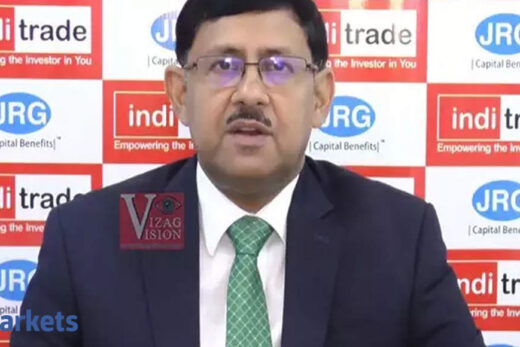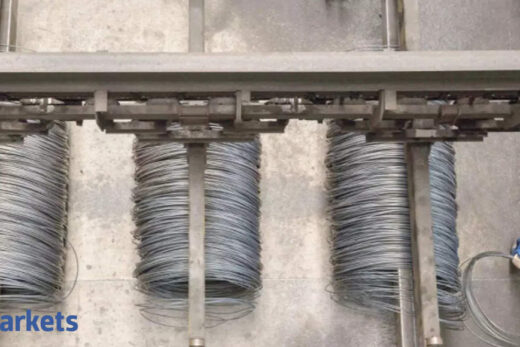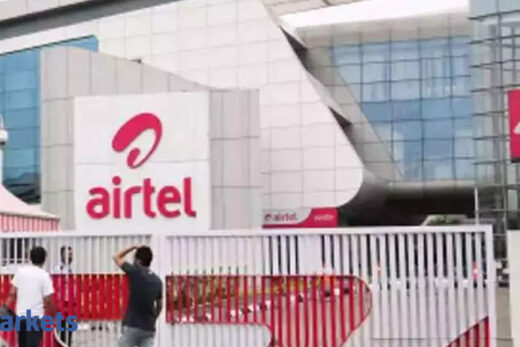Domestic hot-rolled coil (HRC) prices rose about 54% during July-December 2020, on the back of a strong recovery in domestic demand and a sharp gain in international steel prices that increased 56%.
While the prices increased further to Rs 58,000 a tonne in January, resistance from user industries led to a roll back of some of the hikes. It is now trading at Rs 56,000.
As per analysts, the CR-Grade HRC prices in China have dropped from $710 per tonne to $660-670 this month. Industrial activity usually dips in China around the Lunar New Year.
“Prices will be generally depressed right before Lunar year and pick up after that, but driven by other factors the prices might soften a bit this time … Absolutely India prices will also come down,”
joint managing director Seshagiri Rao told ET.
TMT prices are already down by Rs 3,500 per tonne, while secondary players have reduced those by as much as Rs 8,000. This will have an impact on HRC prices as well. If global prices are coming down, Indian prices will also be coming down, Rao added.
“There is no way Indian prices will be costlier than the landed cost of imports as 60-70% of imports are from zero-duty countries,” he said, adding that if Indian prices are not aligned with the landed cost, imports will flood the market.
As per a recent report by ratings firm ICRA, Chinese export HRC prices had dropped 10% in January due to lower domestic demand during the winter months of November-March. At current prices, the landed HRC prices from China at new duty rates are trading at a 10% discount to domestic HRC prices, it said.
“There is a change in the trend, we are seeing that the landed cost of imports is lower than the domestic prices. Thus, there will be a correction in the domestic prices in the near term,” said ratings firm
’s senior director, Manish Gupta.
Another factor that could lead to a fall in domestic prices is the cost of iron ore, which is coming down. Some of the issues related to iron ore are also easing out from the availability perspective.
State-run miner
has reduced prices. Prices had gone up from around Rs 1,960 per tonne to Rs 4,860 in December. Now, these have reduced by Rs 600 a tonne.
“Prices are correcting across the value chain. Pellet prices have gone down, NMDC has reduced prices. Reason being iron ore supply increase,” said Amit Dixit, a research analyst at Edelweiss.
The customs duty reduction announced in the budget is also expected to bring down HRC prices by another 10% in the near term.
“Considering the lead time of about two months for the imports to arrive at the Indian shores, domestic HRC prices could correct by up to 10% by end-March 2021 to align with the international prices and remain competitive in the domestic market,” ICRA senior vice president Jayanta Roy said.
While a supply increase might bring down the price in the near term, companies and analysts are positive about demand.
“There is a bit of volatility in long products which is intrinsic to that product. What we should track is demand and we are noticing strong demand recovery in all major economies and especially India which is our mainstay,” steelmaker AMNS India’s chief marketing officer, Ranjan Dhar told ET.



